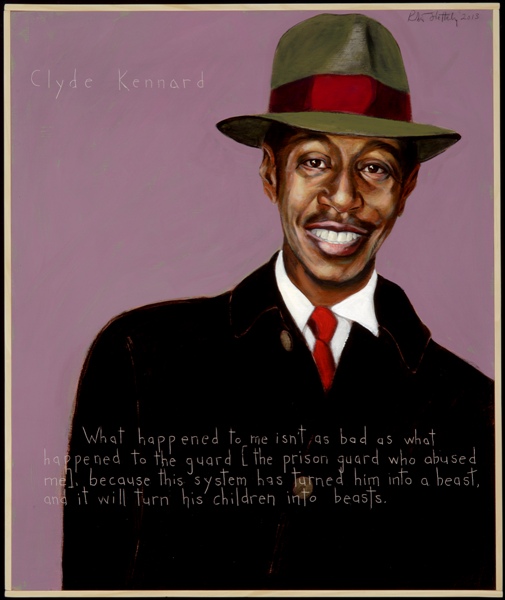
Portrait by Robert Shetterly of Americans Who Tell the Truth. Click on image for more information and to order poster.
Clyde Kennard, martyr of the civil rights movement, died on July 4, 1963.
Korean War veteran Clyde Kennard put his life on the line in the 1950s when he attempted to become the first African American to attend Mississippi Southern College, now the University of Southern Mississippi, in Hattiesburg.
Kennard wrote eloquent letters about the need for desegregation and his right to attend Mississippi Southern College in the 1950s. Instead of being admitted, the state of Mississippi framed him on criminal charges for a petty crime and sentenced him to seven years of hard labor at Parchman Penitentiary.
In response to a national campaign for his freedom, he was finally released as he was dying of cancer in January of 1963.
Dick Gregory paid for his flight to Chicago for medical care where he passed away less than six months later on July 4, 1963. Steven Drizin (Northwestern Law School) called the case:
One of the saddest of the civil rights era because he was silenced by ‘respectable’ people – academics, politicians, lawyers, prosecutors, judges, businessmen – all acting under the ‘color of law.’
Mississippi NAACP leader Medgar Evers declared, “Despite the overwhelming evidence in Clyde Kennard’s favor, . . . the greatest mockery of justice took place . . . In a court room of segregationists apparently resolved to put Kennard `legally away’, the all-white jury found Kennard guilty as charged in only 10 minutes.” [Quotes from article by Jerry Mitchell, read more here.]
Three Illinois high school students, their teacher, the Center on Wrongful Convictions at Northwestern Law School, and journalist Jerry Mitchell dedicated years to finally getting Kennard’s name cleared from the crime.
Background
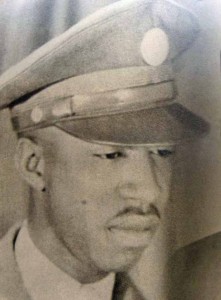 Born in Hattiesburg on June 12, 1927, into a farming family, Kennard was one of five children. Quiet and studious, at age twelve he moved to Chicago to live with his sister and attend school. At age eighteen, he joined the U.S. Army and served for seven years, including stints in Germany and Korea, and received an honorable discharge. Upon returning to civilian life, he used some of his savings to make a down payment on a twenty-acre farm in Eatonville, Mississippi, for his mother, Leona Smith, and stepfather.
Born in Hattiesburg on June 12, 1927, into a farming family, Kennard was one of five children. Quiet and studious, at age twelve he moved to Chicago to live with his sister and attend school. At age eighteen, he joined the U.S. Army and served for seven years, including stints in Germany and Korea, and received an honorable discharge. Upon returning to civilian life, he used some of his savings to make a down payment on a twenty-acre farm in Eatonville, Mississippi, for his mother, Leona Smith, and stepfather.
In 1955, however, Kennard’s stepfather died and Kennard left his studies at the University of Chicago to help his mother, who was in her sixties, run the family farm. Having completed nearly three years of a political science major, Kennard wanted to finish his degree. As there were no Black colleges in the area and Mississippi Southern was just a fifteen-minute drive from his Eatonville home, he took the radical step of applying for admission to the all-white institution.
Continue reading this biography, “Clyde Kennard: A Little-Known Civil Rights Pioneer” by Timothy J. Minchin and John A. Salmond at the Mississippi Historical Society website here.
More Information
“Clyde Kennard, forgotten martyr of the civil rights movement, died 50 years ago today” by Jerry Mitchell, July 4, 2013.
“The Saddest Story of the Whole Movement”: The Clyde Kennard Case and the Search for Racial Reconciliation in Mississippi, 1955–2007 (PDF) by Timothy J. Minchin and John A. Salmond, in the Journal of Mississippi History, Volume LXXXINo. 3, Fall 2009. The article won the Mississippi Historical Society 2009 Halsell Prize.
Memorandum in Support of Clemency of Clyde Kennard. In this memorandum, filed with Mississippi Governor Haley Barbour, the Northwestern University School of Law Center on Wrongful Convictions asserts that Kennard’s wrongful conviction also robbed him of his rightful place in history. Instead of being honored as a hero of Mississippi’s civil rights movement along with Medgar Evers and James Meredith, Kennard was relegated to a footnote in history until the case was investigated in 1991 by reporter Jerry Mitchell of the Clarion Ledger. The 40-page memo provides a detailed description of his case and conviction and a description of Kennard’s qualities including his patriotism, intellect, devotion to family, religious faith, and more. The exhibits along with this memorandum include:
Exhibit A: Affidavit of Johnny Lee Roberts dated January 27, 2006
Exhibit B: Clarion Ledger Newspaper Articles by Jerry Mitchell on the Kennard Case
Exhibit C: Legislative Resolution Concerning Clyde Kennard Dated January 27, 2006 and Proclamation of Governor Haley Barbour Dated March 30, 2006
Exhibit D: Ronald A. Hollander’s Article
Exhibit E: Letter from Clyde Kennard to Aubrey K. Lucas Dated September 2, 1959
Exhibit F: Sovereignty Commission’s Investigation Memorandum into Clyde Kennard
Exhibit G: Clyde Kennard’s Letter to the Editor
Exhibit H: Johnny Lee Roberts Testimony at Clyde Kennard’s Trial
Exhibit I: Letters of Support
Exhibit J: University of Southern Mississippi Petition
Exhibit K: Editorials Calling a Pardon for Clyde Kennard
Transcriptions of his letters to the editor of the Hattiesburg American:
December 6, 1958. “It is interesting to me that subjects which are most widely discussed are those which seem to be least understood by the public whom these discussions are designed to inform. It would not surprise me if more words had not been spoken and written on integration and segregation in the last four years than on any other subject, especially in the South.” Read in full here.
September 25, 1959. “Most basic to our beliefs about the race question in America today is that there can be no racial segregation without some racial discrimination, and that there cannot be a complete racial equalization without some racial integration. . . .Now this principle is an easy one for us to follow, for it holds as true in human history, especially American History, as it does in logic. Reason tells us that two things, different in location, different in constitution, different in origin, and different in purpose cannot possibly be equal. History has verified this conclusion.” Read in full here.
January 23, 1960. “The discussion of the problem of integration which faces our state at this time, prompts me to offer a statement, not in defense of my efforts to enroll at Mississippi Southern College, but as an explanation of our position on public school integration.” Read in full here.

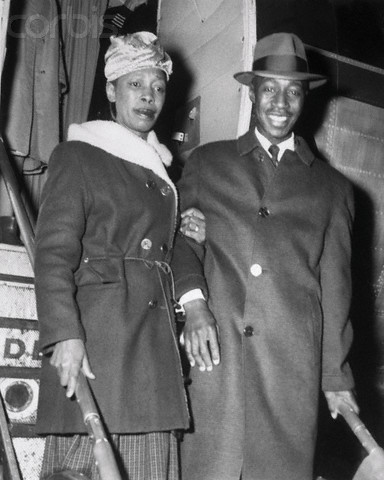
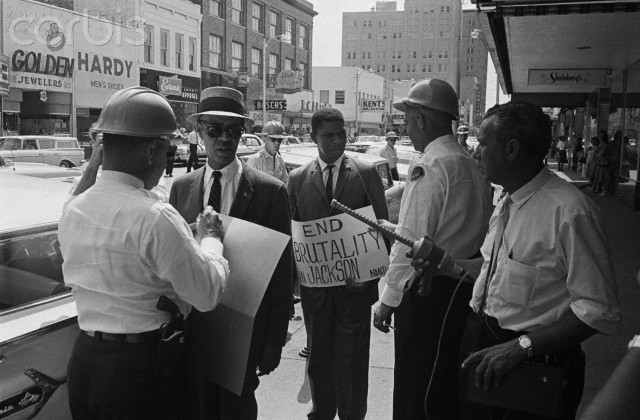
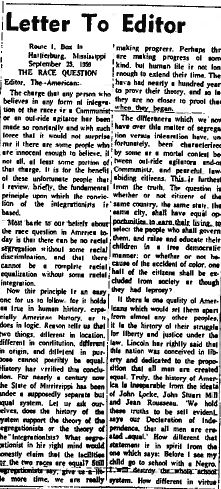
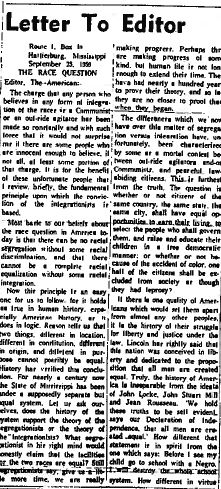
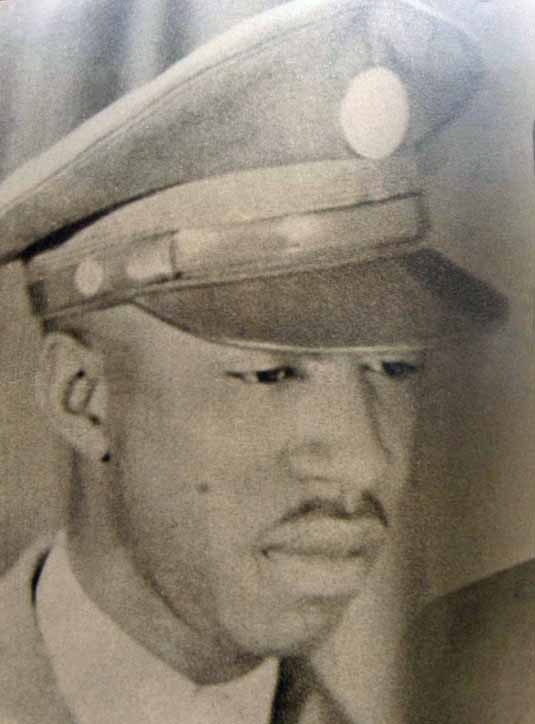
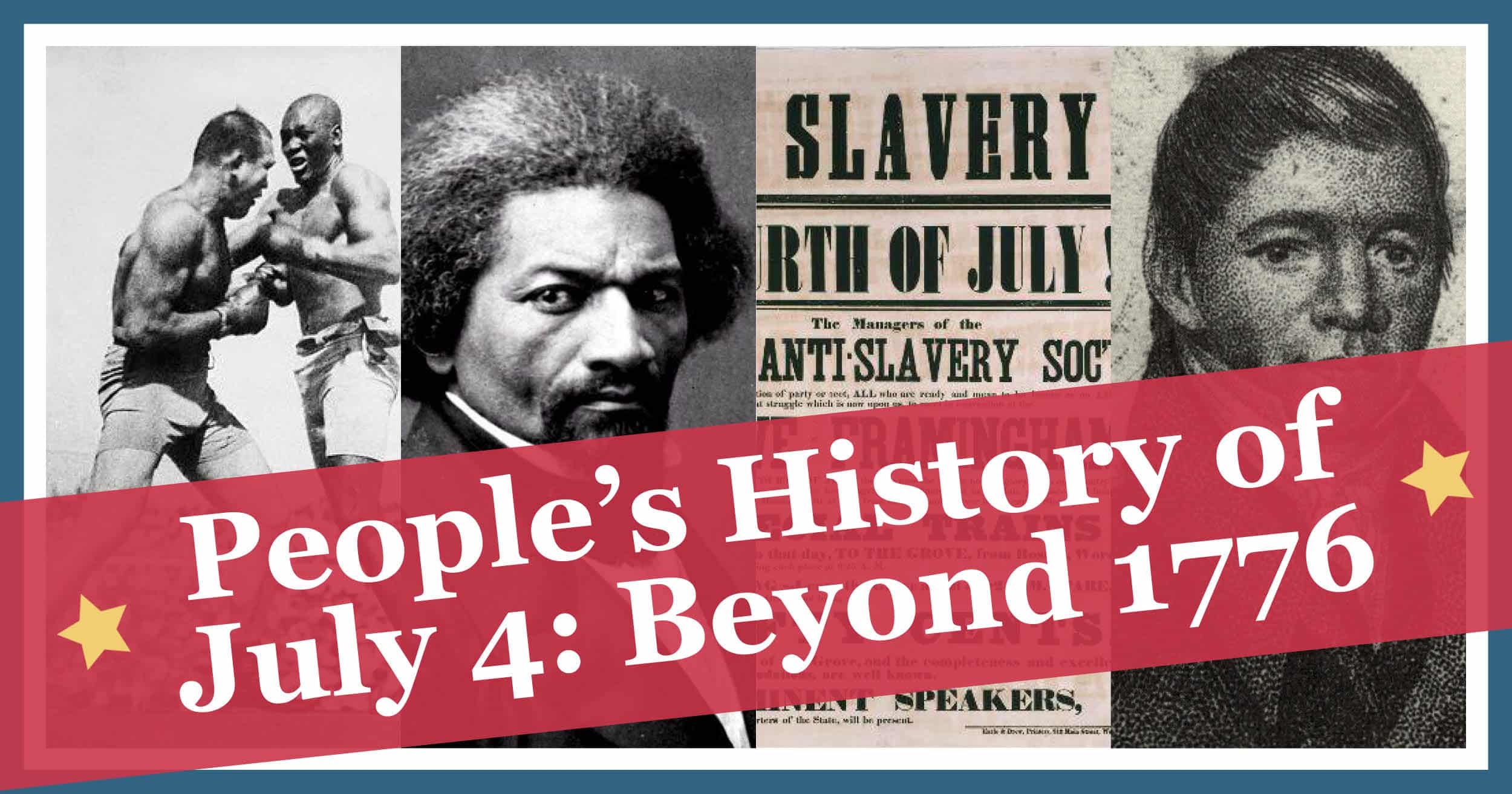





Twitter
Google plus
LinkedIn